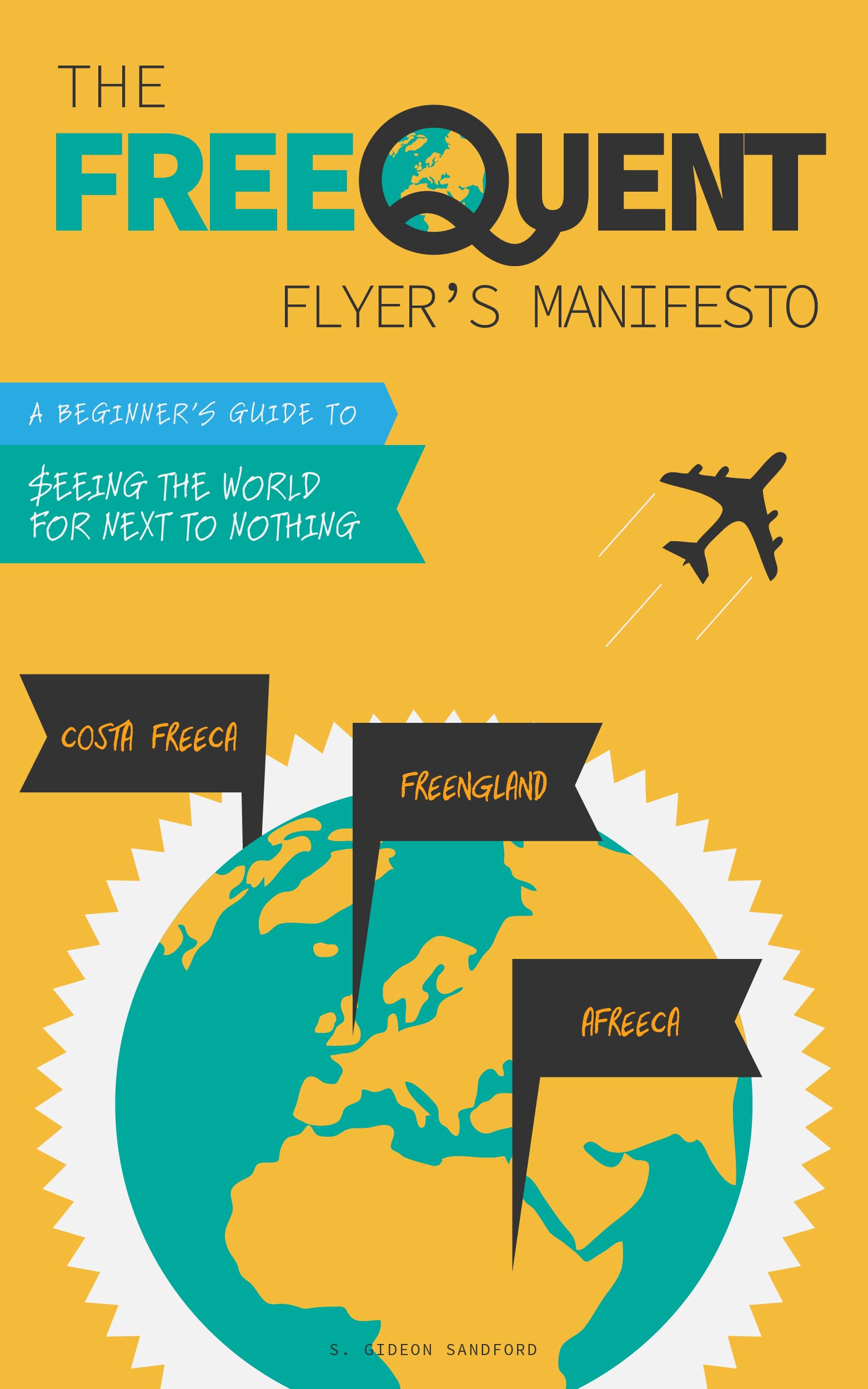Weekend blog housekeeping
/Here are a few updates I thought I'd share with my readers.
New blog subscription provider
If you were signed up for a PayPal subscription back in December, before the account I was using to handle subscriptions was closed by PayPal, you should have already received multiple communications from me about resubscribing through my new subscription provider, Moon Clerk.
If you weren't a PayPal subscriber, you may still have noticed that the PayPal subscription box in the right-hand sidebar has been replaced with a Moon Clerk subscription box.
If you enjoy getting news, analysis, and laughs from this site, I hope you'll consider signing up for a blog subscription. It's by far my largest source of income from this site.
As my small way of saying thanks, blog subscribers receive my occasional subscribers-only newsletters and access to the complete archive of past newsletters.
In case you're concerned about the security of your data, I looked into this, and Moon Clerk is an API for Stripe.com, a very reputable payments provider. Arguably more reputable than PayPal, for instance (see: account closures). You can read more about their security protocols here.
Thoughts on Google AdSense
A few months back, I got around to signing up for Google AdSense, and added a little AdSense box in the right-hand sidebar. Personally, I use AdBlock, so I never see the thing, but if you visit my website without AdBlock you might see something like this:
I don't know what a Simplify Commerce by MasterCard is, but if they want to throw a few shekels my way, who am I to complain?
After signing up for an account, I went through and blocked the "Credit Cards" ad category, since Google ads invariably offer the very worst signup bonuses, and I didn't want there to be any suggestion that I recommended the cards being served by Google:
Unfortunately, that had almost no effect on the credit card ads being served. So then I manually blocked each credit card URL as I came across it in my "Ad review center:"
That seems to have mostly staunched the flow of credit card ads (though let me know if you see any and I'll try to figure out what's going on).
In any case, I periodically check in on my Google AdSense account to make sure it's still chugging along. Here are my earnings from last month, for instance:
I guess no one had anything to do but visit my site on Christmas day!
What I didn't realize until I started digging into my ad "revenue" (I haven't actually received a payment yet) is that I'm not just paid when people click on my ads. Apparently I also earn a few tenths of a cent whenever anyone visits my site:
That may sound obvious, but I'm having a hard time describing the effect this realization had on me. After all, I basically don't promote my site at all. I have a Twitter account where I joke around with other travel hackers, but that's about it. But it turns out, every time a reader decides to visit my site, instead of reading my posts on Feedly or receiving them by e-mail, I earn as much as half a cent!
I don't know what I'm going to do with this information yet. Should I post more often? Start more fights with other bloggers?
In any case, the least I can do is encourage my readers to visit the site! Read the comments; there's often a ton of information there I didn't know or forgot to mention in the body of my posts. Leave a comment of your own!
The site's really an incredible resource, and I learn more from my readers every day than I could ever possibly hope to share. So stop on by! I think you'll like it.


